In this infographic, we will discuss the effect of running foot strike pattern on running biomechanics.
Forefoot Strike Pattern
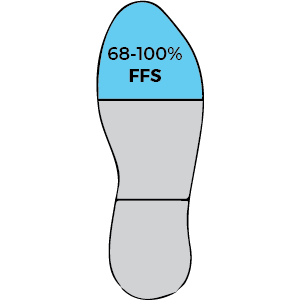
Initial contact is on the anterior 1/3 of the foot, generally in the area of the metatarsal heads.
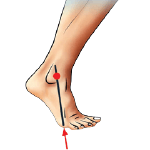
Ankle is plantarflexed

of elite half marathon runners use this pattern (Least prevelant)

Maybe used to increase running speed

Reduced ground contact time
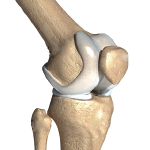
Lower anterior posterior forces in the knee joint

Commonly seen in uphill running
Rearfoot Strike Pattern
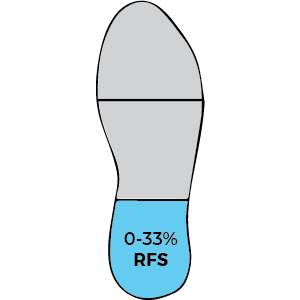
The foot initially contacts the ground in the posterior 1/3 of the length of the foot.
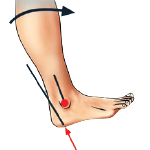
Ankle is dorsiflexed
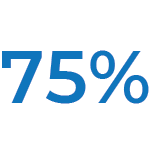
of elite half-marathon runners use this pattern (Most prevalent)
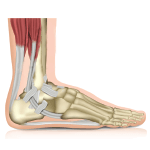
Lower shear stress in ankle joint

Maybe used to minimise metabolic cost of running

Commonly seen in downhill running
Midfoot Strike Pattern
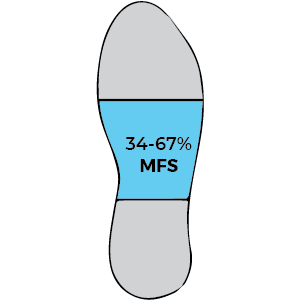
Difficult to determine. Initial contact is in the middle 1/3 of the foot.
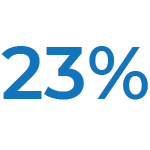
of elite half marathon runners use this pattern (Moderately prevalent)
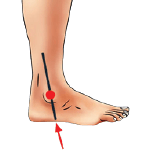
Ankle is plantarflexed

Characteristic are more similar to forefoot strike than rear foot strike
Clinical Implications
- No foot strike pattern is superior for running in terms of performance or injury prevention. All the patterns have their own benefits & disadvantages.
- Advice to change the foot strike pattern is very goal oriented & specific to an individual. Runners wanting to run a long distance may benefit from a rearfoot strike to minimize the metabolic cost of running while those wanting to sprint short distances may benefit from a more anterior foot strike to run faster.
- A person with unstable ACL, anterior knee pain, or patellofemoral cartilage degeneration may benefit from a forefoot strike pattern.
- A rearfoot strike pattern may benefit a person with recurring ankle pathologies.
- Avoid quick transitions to a new foot strike pattern.
ABOUT THE AUTHOR

GAYATRI SURESH (PT)
Gayatri Suresh (PT) is a Biomechanist who has completed her B.P.Th from DES College of Physiotherapy and M.P.T (Biomechanics) from SRM College of Physiotherapy, SRMIST. Her field of clinical expertise is in movement assessments through video analysis. Apart from her work at Auptimo, she works as a Clinical Specialist at Rehabilitation Research and Device Development, IIT Madras. She has won gold medals for her Research presentations and for securing First rank with distinction in her MPT degree respectively.
REFERENCES:
- Knorz S, Kluge F, Gelse K, Schulz-Drost S, Hotfiel T, Loachmann M, Eskofier B, Krinner S. Three Dimensional Biomechanical Analysis of Rearfoot & Forefoot Running. Orthop J Sports Med. 2017 Jul 24;5(7):2325967117719065. doi: 10.1177/2325967117719065. PMID: 28812039; PMCID: PMC5528965.
- Joseph Hamill, Allison H. Gruber, Is changing footstrike pattern beneficial to runners?, Journal of sport and health Science, Volume 6, Issue 2, 2017,146-153.
The information found within this site is for general information only and should not be treated as a substitute for professional advice from a licensed Physiotherapist. Any application of exercises and diagnostic tests suggested is at the reader’s sole discretion and risk.